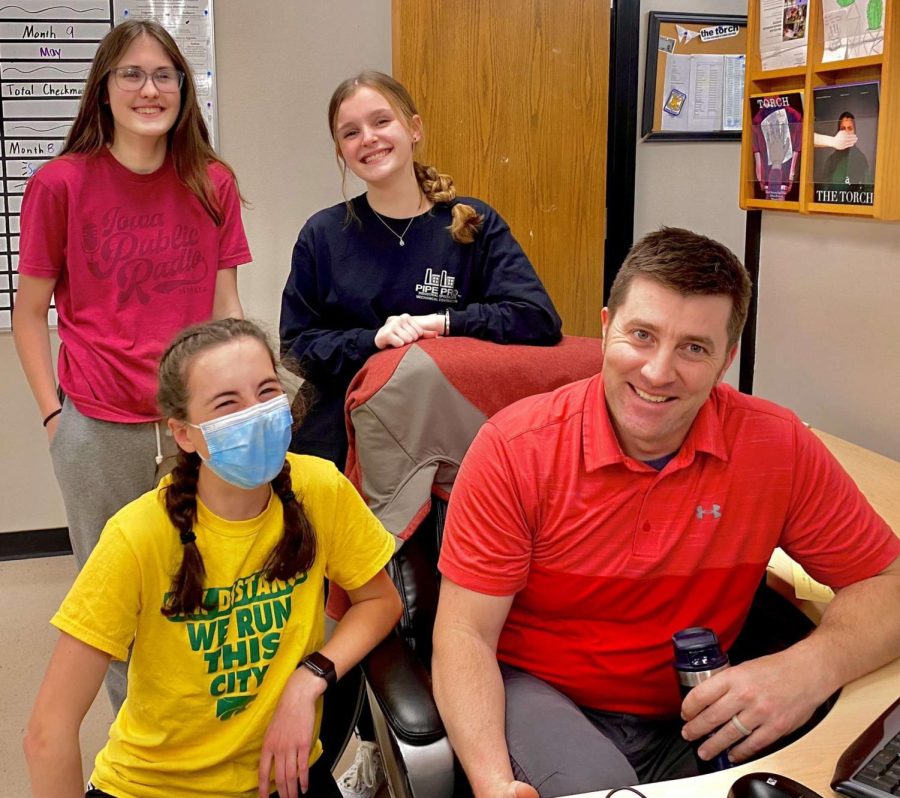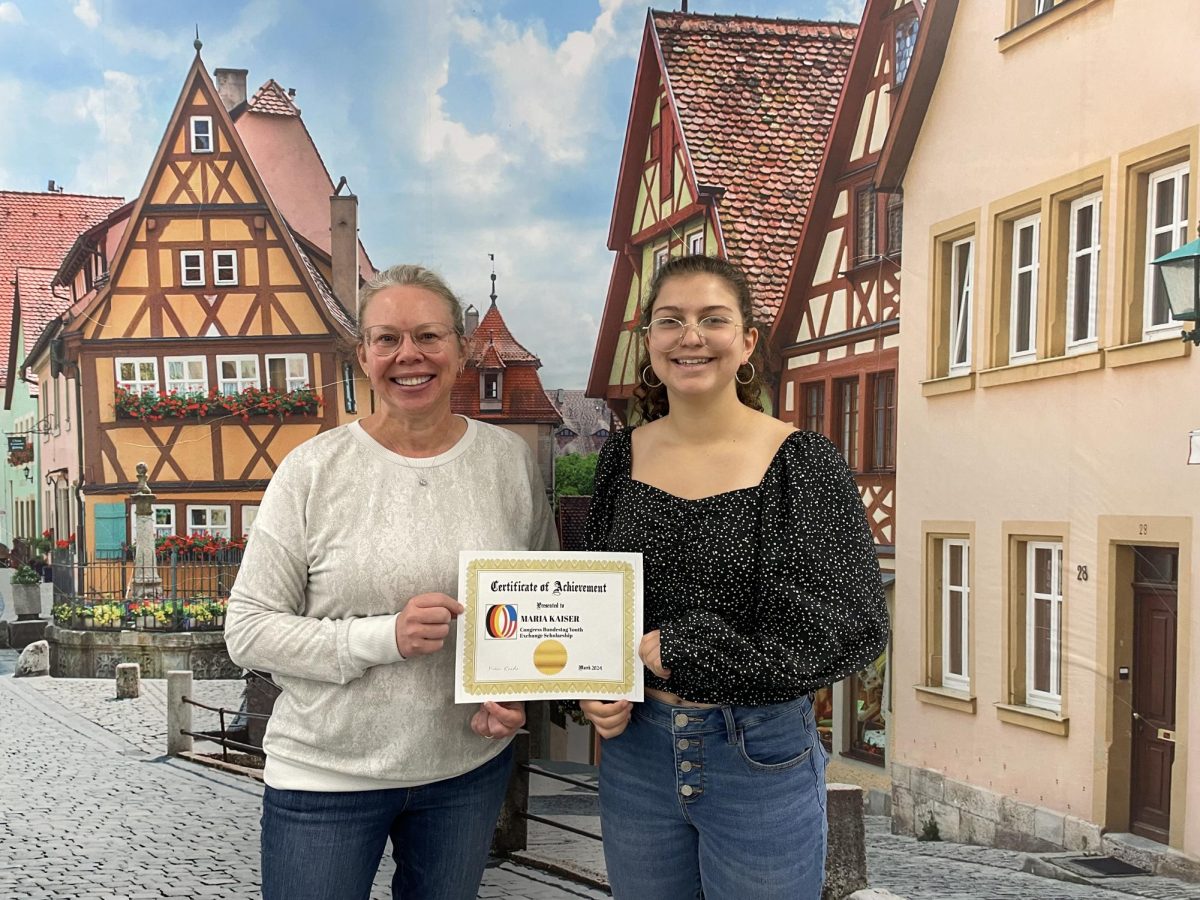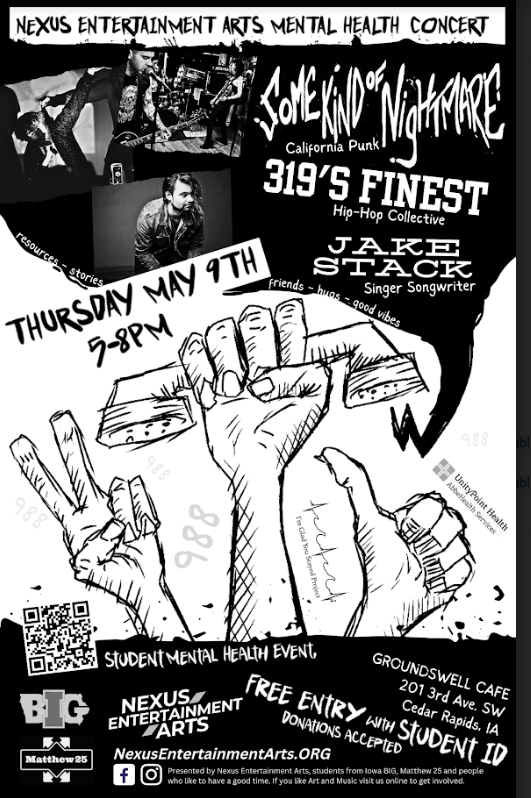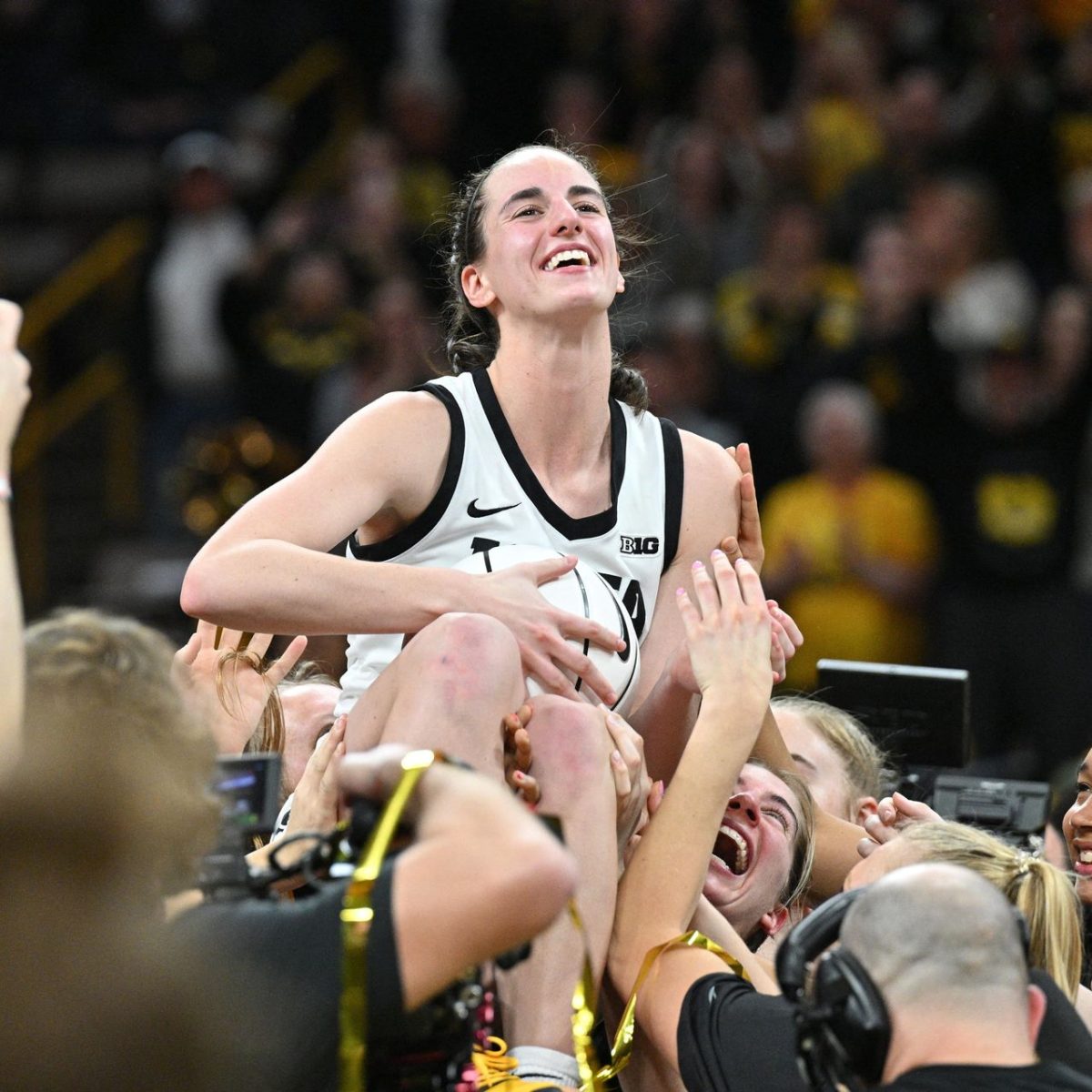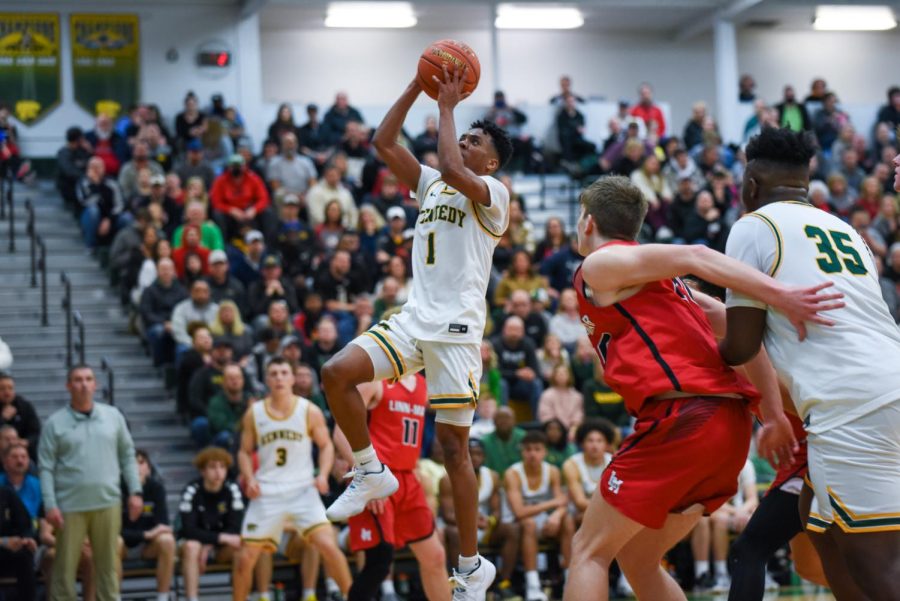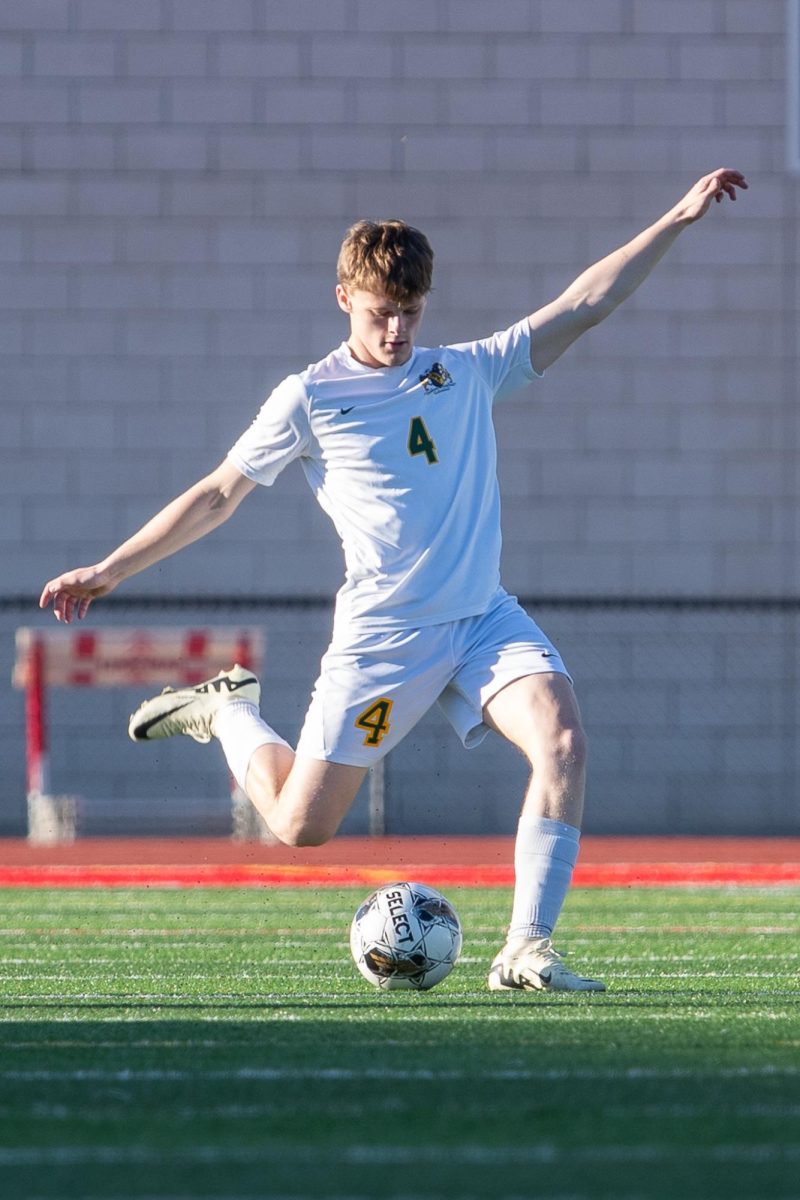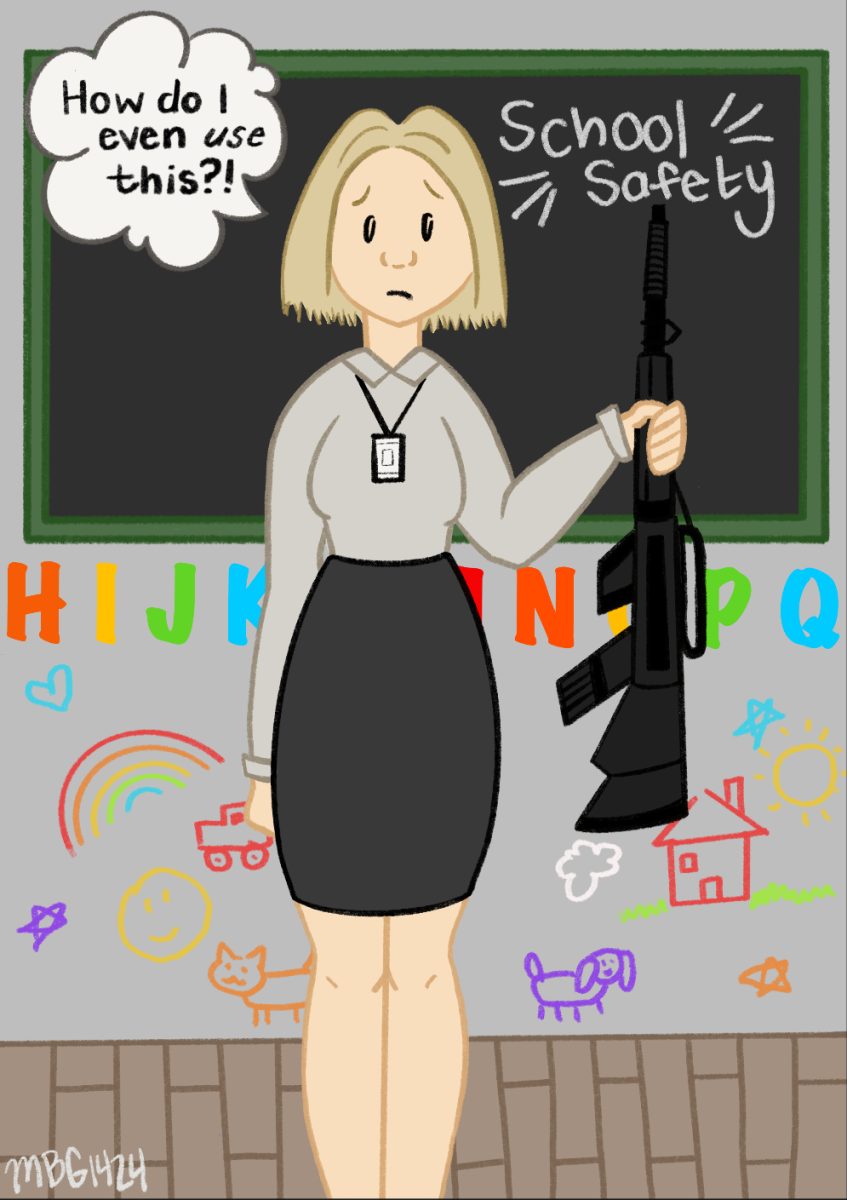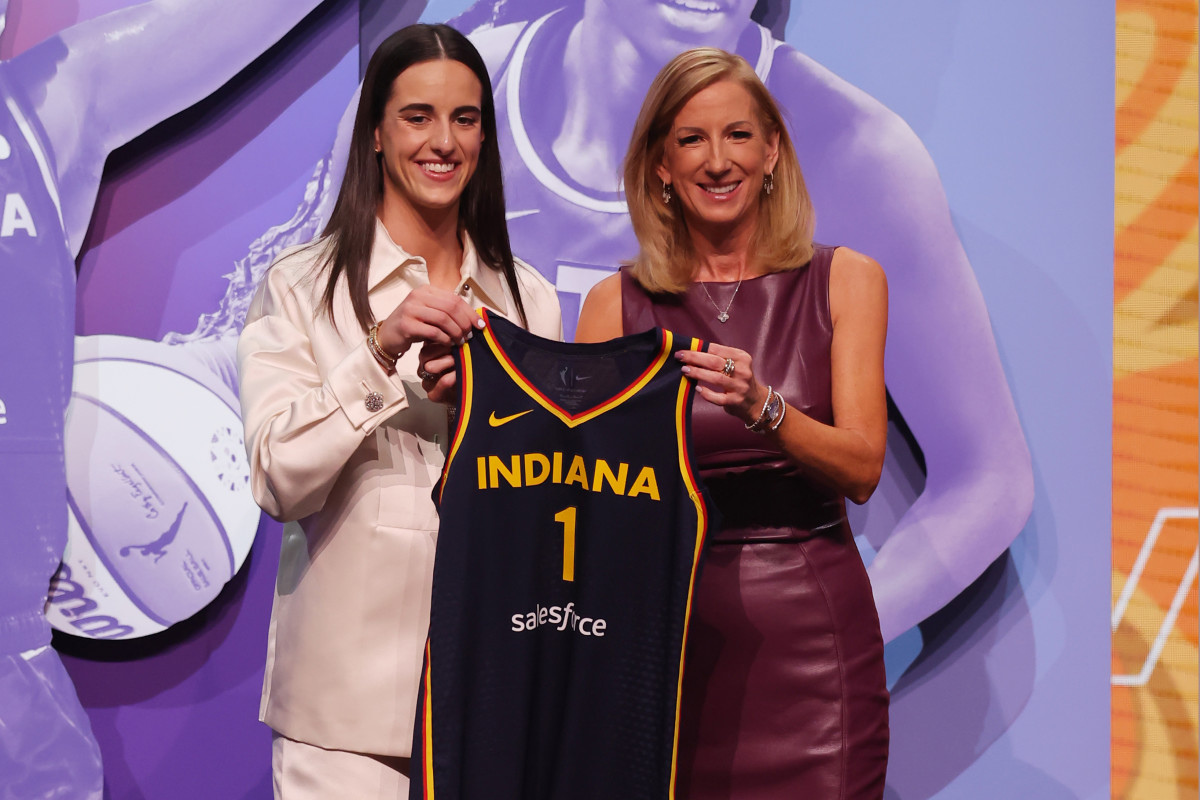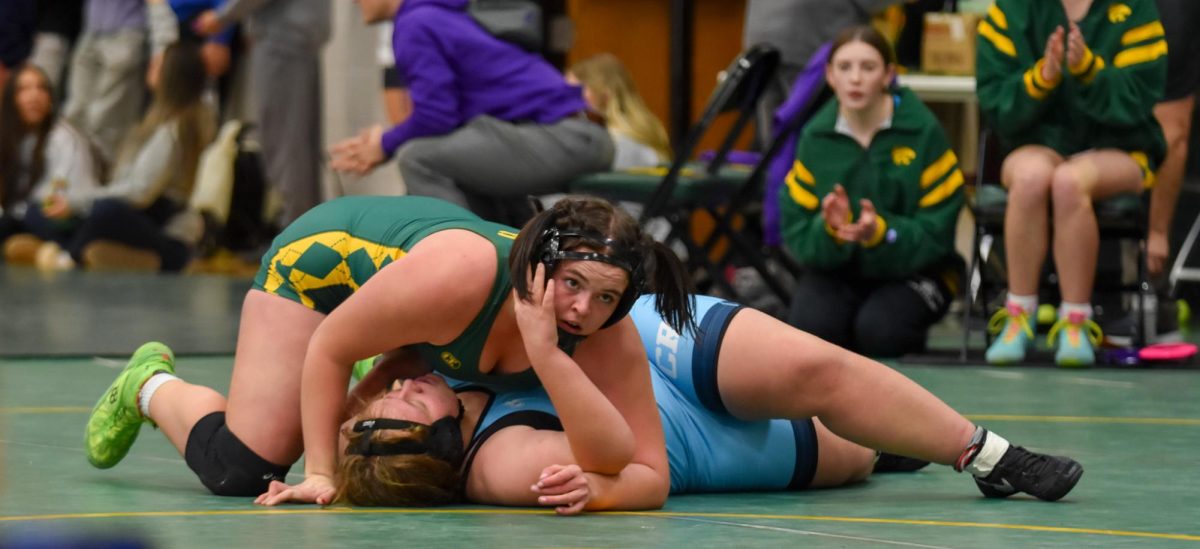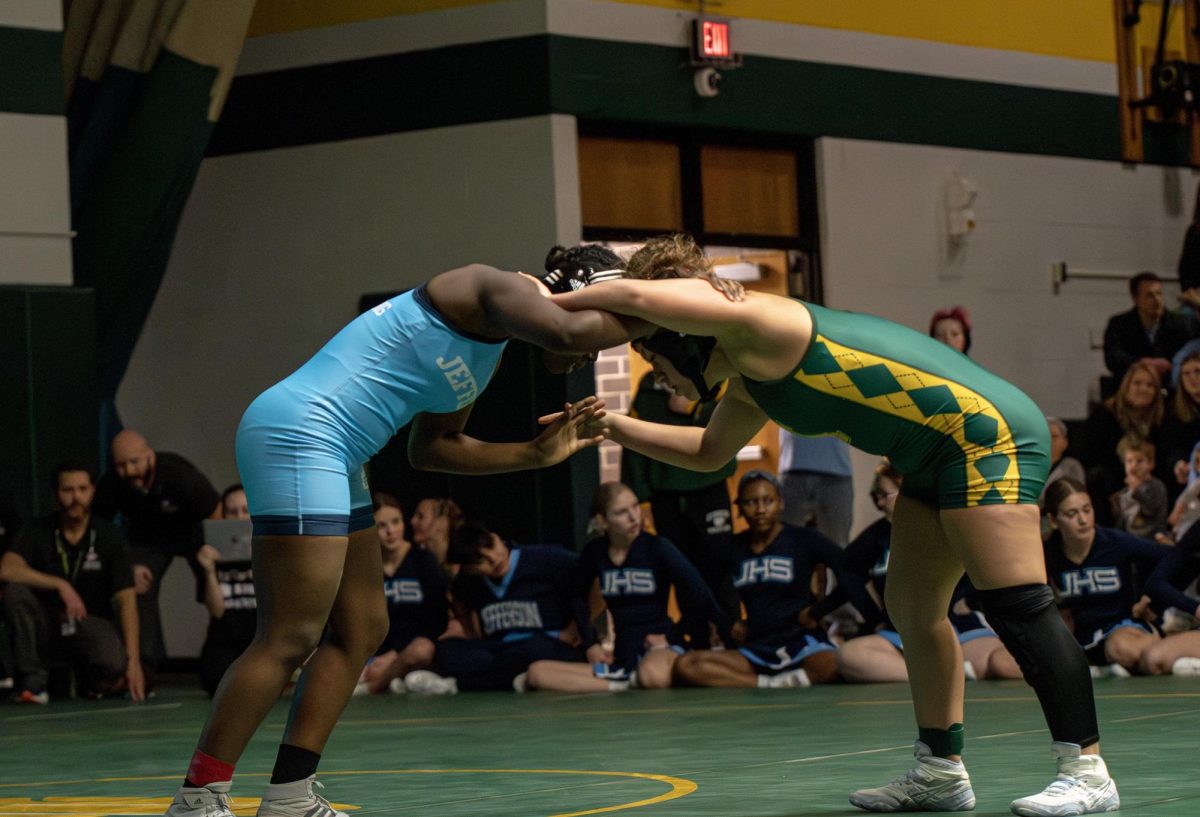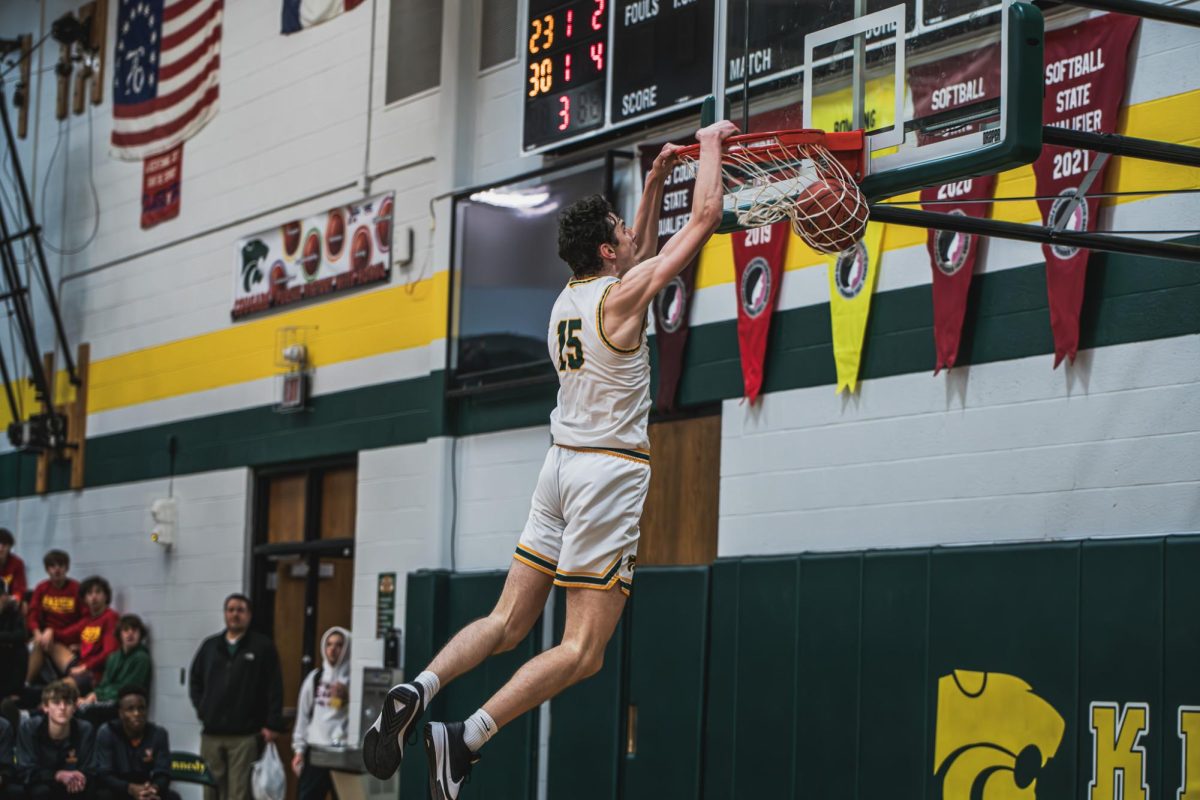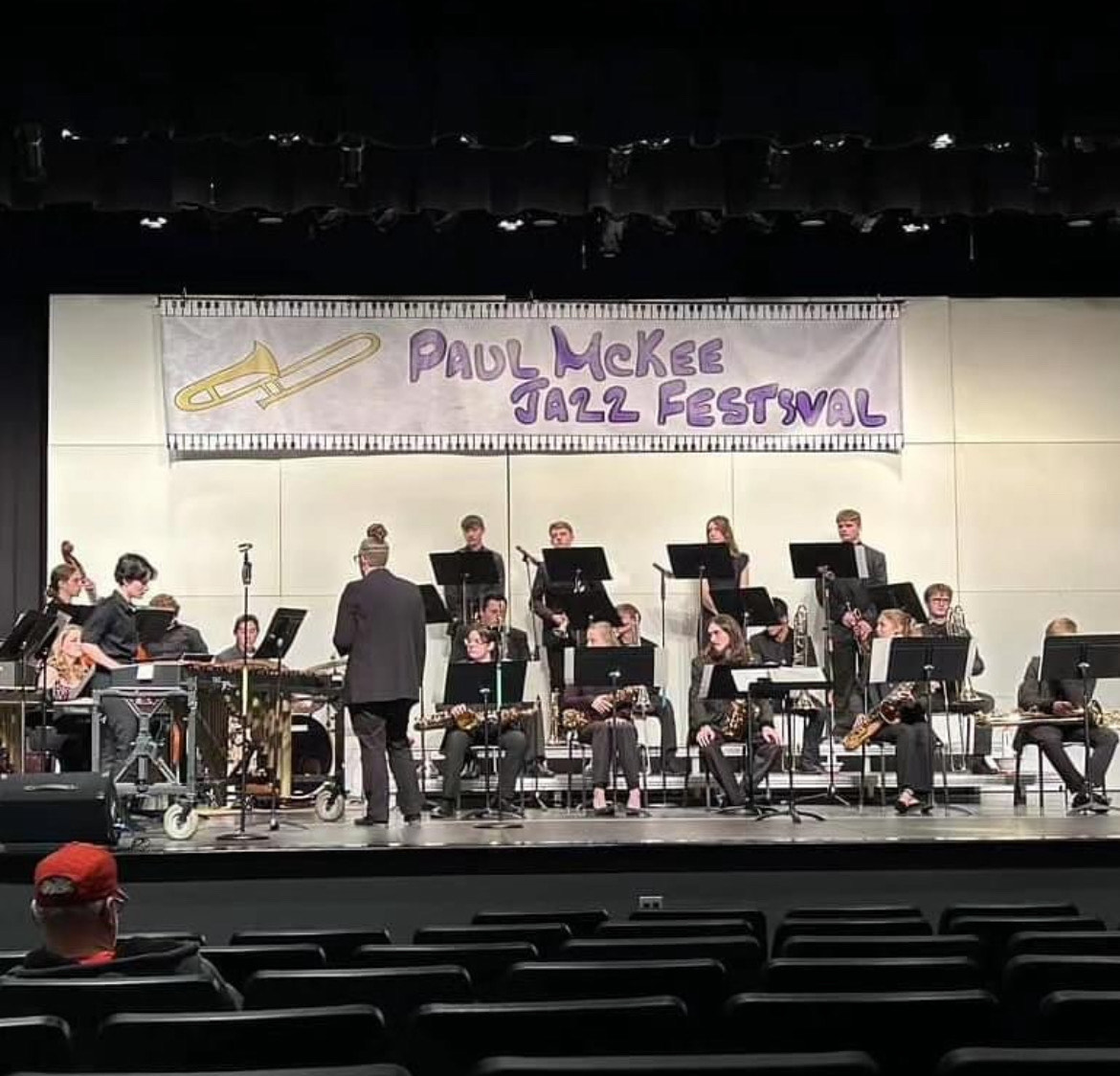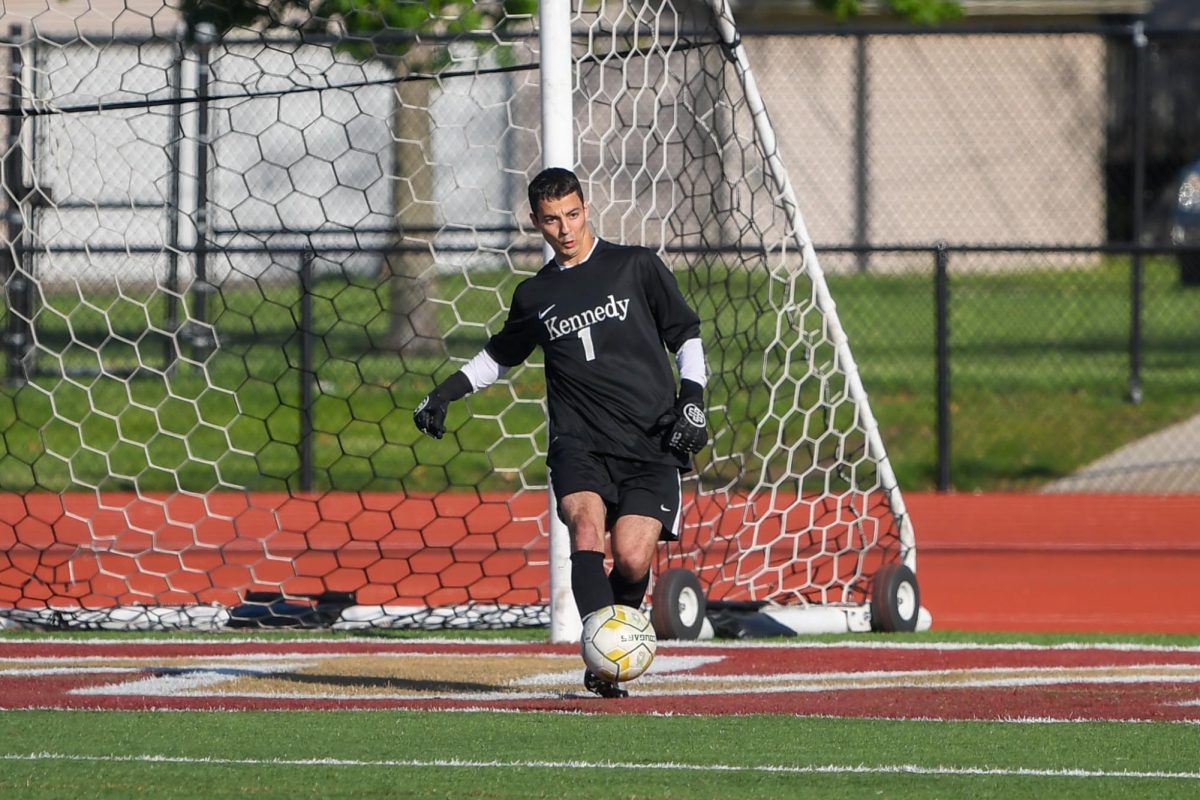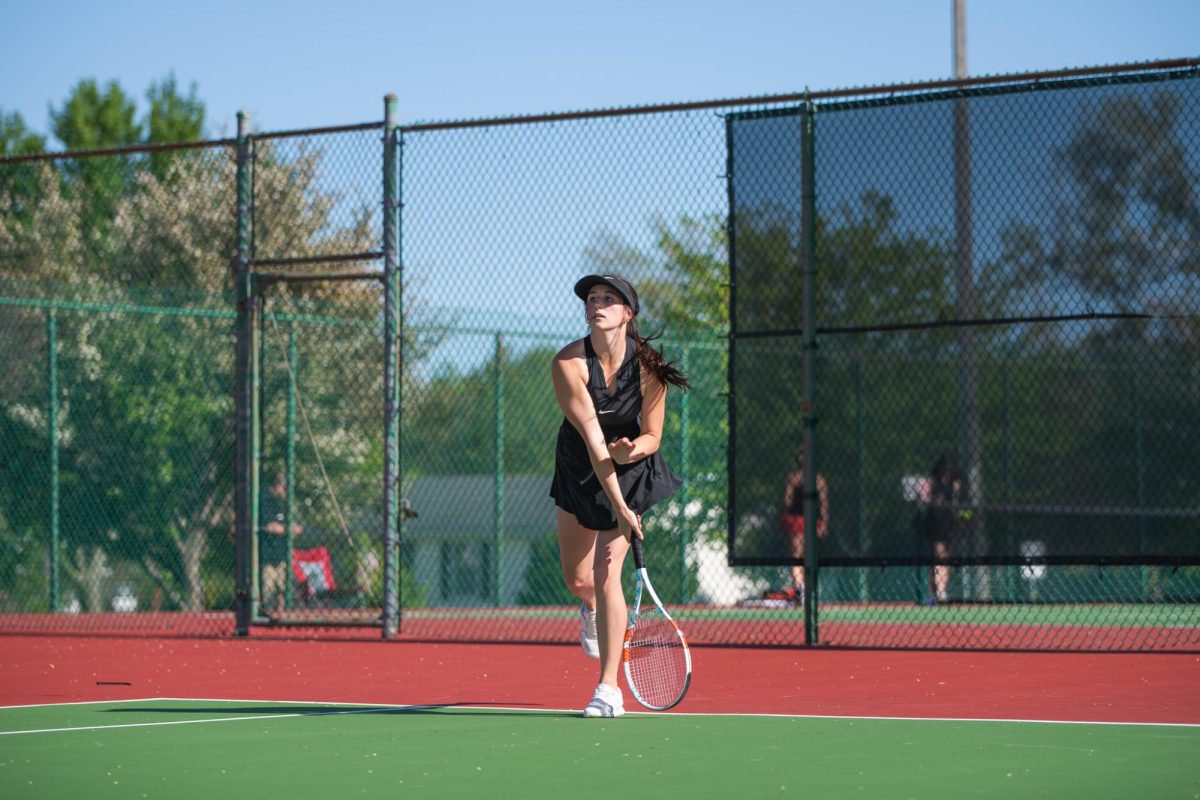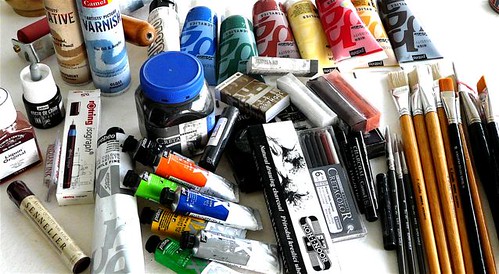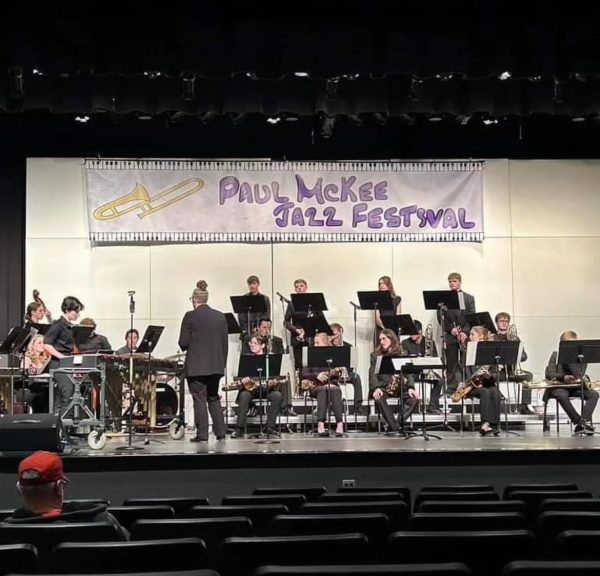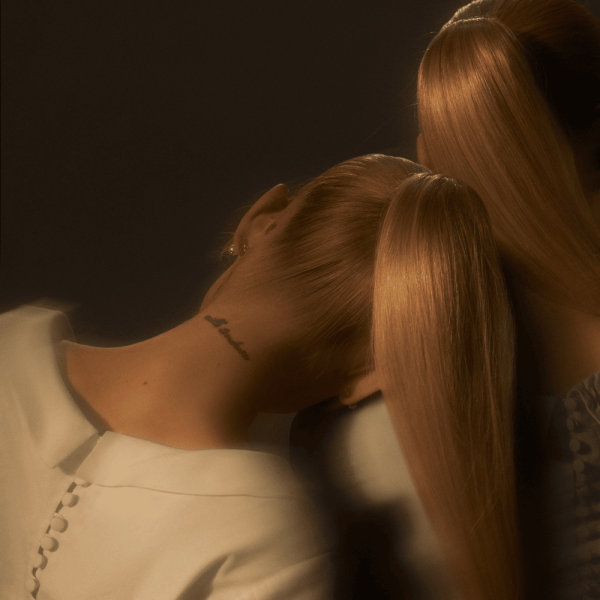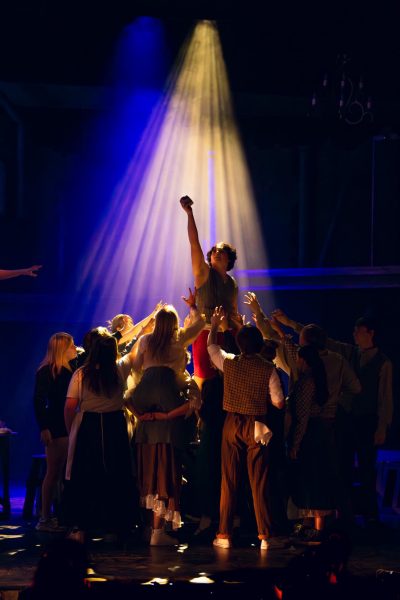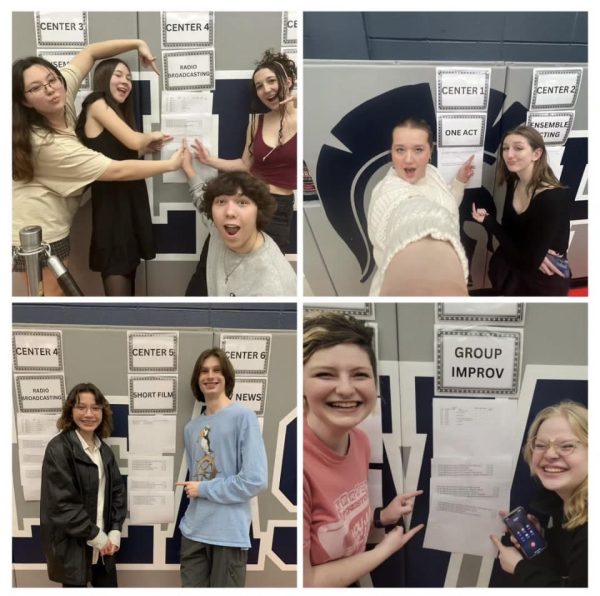Old Class, New Medium
In an art classroom with long flat tables, students envision great sculptures in their heads. Nothing holds them back. The classroom has plenty of space and materials for a project of this magnitude.
Unfortunately, reality strikes. Grant Barnes, sr., can’t go into the classroom. Instead, he sits down every morning in the confines of his room, where even a two-foot sculpture is out of the picture. He is forced to stare at his computer all day, sitting at a small desk scattered with pencils where 17 inches is the limit. Barnes is not the only one who faces the everyday issues caused by virtual art classes.
Art class is a hands-on experience. It is difficult to teach art through a computer screen that lacks dimension, texture and personality. It also requires supplies. Without the necessary materials, students would not be able to work on a project. Art teachers Jessica Budde and Amanda Finely knew this and decided to take action. They put together and distributed hundreds of kits filled with art supplies to their students, allowing students to participate in art class at home without worrying about whether or not they have the materials.
With supplies on hand, a typical virtual class starts with teacher instruction and a demonstration of the project the class is working on. The teacher then accepts questions while the students work. However, only seeing their students through a screen means they are unable to provide in-person help when their students need it.
The lack of contact is not just between a student and their teacher but also between a student and their peers. A normal year may have consisted of socializing with others if a project is completed early. Online, they are alone at home, waiting in silence for their classmates to finish their work.
“Sometimes days can be slow with everyone in different stages of making a project,” Barnes said.
Usually, the time in-between projects is a part of the experience. In a normal year, Finley walked around and talked to her students while they worked. The relationships created through these interactions are irreplicable. In the online format where teachers often can’t see their students, forming these bonds is a challenge.
“I am lucky if one student in a class turns their cameras on,” said Finley. “The connect piece is very hard and [that is] what teaching is about.”
It makes it difficult for the teacher to see how a student is progressing when they can’t see the students in class. A large part of a student’s grade in class is the process they took to achieve their finished piece. In an attempt to get a glimpse into the students’ processes, Finley and Budde require students to send in pictures of their work periodically.
Despite the barriers, students are grateful for the art teachers’ adaptations. Remote learning was not an easy change for everyone, but Kennedy’s art classes prove that it is possible to readjust.
“The current way art online is being handled is the best that it can be,” Barnes said. “The teachers are doing amazingly.”
Your donation will support the student journalists of Kennedy High School - IA. Your contribution will go towards the purchase of a new lens for our photographers.
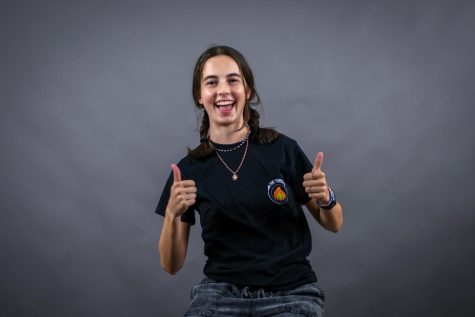
Hi! My name is Anabel Bradley and I am a senior at Kennedy. This is my fourth year in Torch and second year as Editor-in-Chief. I run track and cross country...

